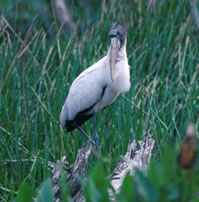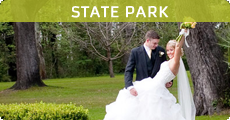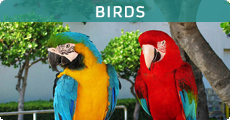Wood Stork
The Wood Stork (Mycteria Americana) belongs to the stork family Ciconiidae.  This is a large wadding bird. South America, Central America and the Caribbean
serve to be its breeding land. The wood stork is a tropical
species. Southern Florida, USA has a small and endangered breeding population
of wood stork. The Wood Stork is the only stork that breeds in North America.
The Wood Stork is sometimes also referred as the Wood Ibis, but it does
not belong to the ibis family.
This is a large wadding bird. South America, Central America and the Caribbean
serve to be its breeding land. The wood stork is a tropical
species. Southern Florida, USA has a small and endangered breeding population
of wood stork. The Wood Stork is the only stork that breeds in North America.
The Wood Stork is sometimes also referred as the Wood Ibis, but it does
not belong to the ibis family.
This bird prefers lowlands and wetlands with trees. They build a large stick nest in a forest tree. Their brooding time is only once a year and they lay about 3-5 eggs in a grasp. The female and the male wood stork serve to incubate the eggs for 27-32 days. When waterholes dry up, their reproductive cycle is triggered because dried up holes are sufficient to concentrate fish in sufficient numbers for supplying food for the chicks.
This tropical bird is broad-winged one and it is considered to be a soaring bird that flies with outstretched neck and extended legs.
These birds are generally large, where the adult bird, is typically 1m tall with a 1.5 m wingspan. The body of the bird seems to be white and it has blackish-gray legs and pink feet. In flight, the trailing edge of the wings is black. The bird sports a downward curved bill, which is dusky yellow in color; it has got a bald dark brown face. Young birds seem to be duller than adults, generally browner on the neck, and with a paler bill.
The Wood Stork preys on fish, frogs and large insects; they walk slowly and progressively in low water up to its stomach in open swamps looking for its prey.
The Wood Stork has been categorized in the endangered species list in 1984. these birds are becoming extinct after the twentieth century.












